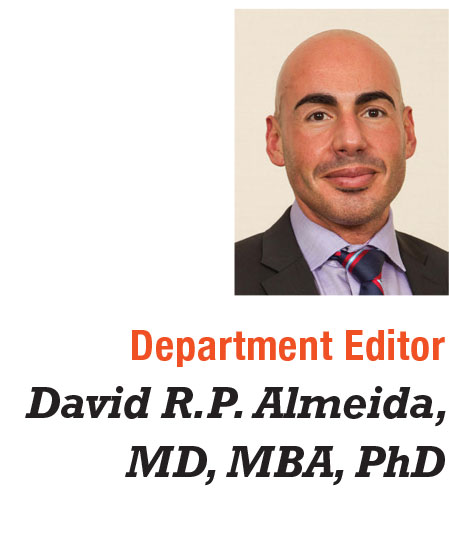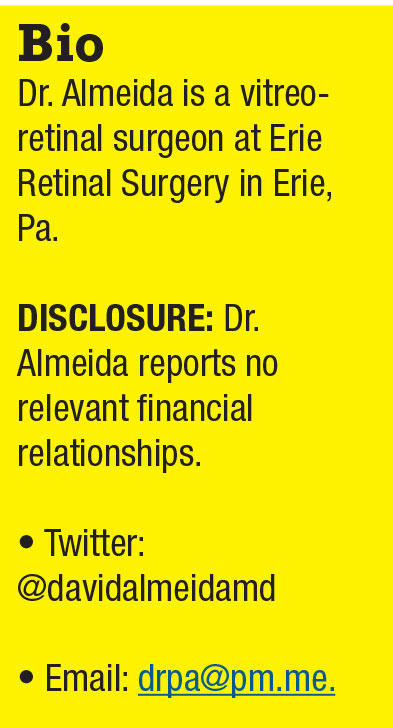 |
 |
Three-quarters of the top 10 shared health stories from 2018 were misleading or contained false information.1 Moreover, false news is 70 percent more likely to be retweeted than factual statements, and online content with accurate medical information takes six times longer to reach 1,500 people compared to falsehoods.2
As anyone who has surveyed online social media content knows, since the beginning of the COVID-19 pandemic there has been an alarming increase in distorted or inaccurate postings that directly threaten the validity of medical communications.
Problematically, this creates an adversarial environment for practice promotion and brand building online and can hurt patients with serious consequences. One analysis found that more than 800 people worldwide died and thousands more were hospitalized in early 2020 because of unfounded online claims that ingesting highly concentrated alcohol would kill the novel coronavirus.3
Misinformation, disinformation and propaganda
Before moving further, we should briefly define commonly misused terms. Misinformation is false information that’s spread unintentionally and contrasts with disinformation, which involves untrue claims constructed with deception and intended to mislead. Propaganda is the use of disinformation to promote a particular political viewpoint.
While disinformation and propaganda remain vile anachronisms to the spirit of medical knowledge, misinformation is the most difficult to detect and has proven to be most harmful to medical content since it usually contains some elements of truth.
 |
How do we combat misinformation?
To deploy an effective strategy against online misinformation, it’s important to recognize that the main limitation of medical content found on social media is a lack of quality control and reliability.4
First, identify content that’s unreferenced, incomplete or informal as possibly untrue. While evidence-based medicine devalues anecdotal reports, social media postings tend to over-emphasize these individual accounts as representative of collective medical knowledge. Identify these posts and don’t propagate or share content if it fails your scrutiny.
Second, ensure the content that you post and share is subject to quality control. Verify the content you post from multiple sources and, whenever possible, reference it when appropriate or when providing recommendations.
As a medical professional positing on social media, your opinion should have the jurisprudence of the best available evidence. Similarly, guide patients and your online audience to credible peer-reviewed websites. Social media is part of our voice and, as retina specialists and medical doctors, we have to continue to speak the truth with clear affect. RS
REFERENCES
1. Teoh F. The Most Popular Health Articles of 2018, a Scientific Credibility Review. Health Feedback. January 28, 2019. https://healthfeedback.org/the-most-popular-health-articles-of-2018-a-scientific-credibility-review/ Accessed October 8, 2020.
2. Vosoughi S, Roy D, Aral S. The spread of true and false news online. Science. 2018;359:1146-1151.
3. Islam MS, Sarkar T, Khan SH, et al. COVID-19–related infodemic and its impact on public health: a global social media analysis. Am J Tropical Med Hygiene. 2020;103:1621-1629.
4. Ventola CL. Social media and health care professionals: benefits, risks, and best practices. Pharm Thera. 2014;39:491-499, 520.



